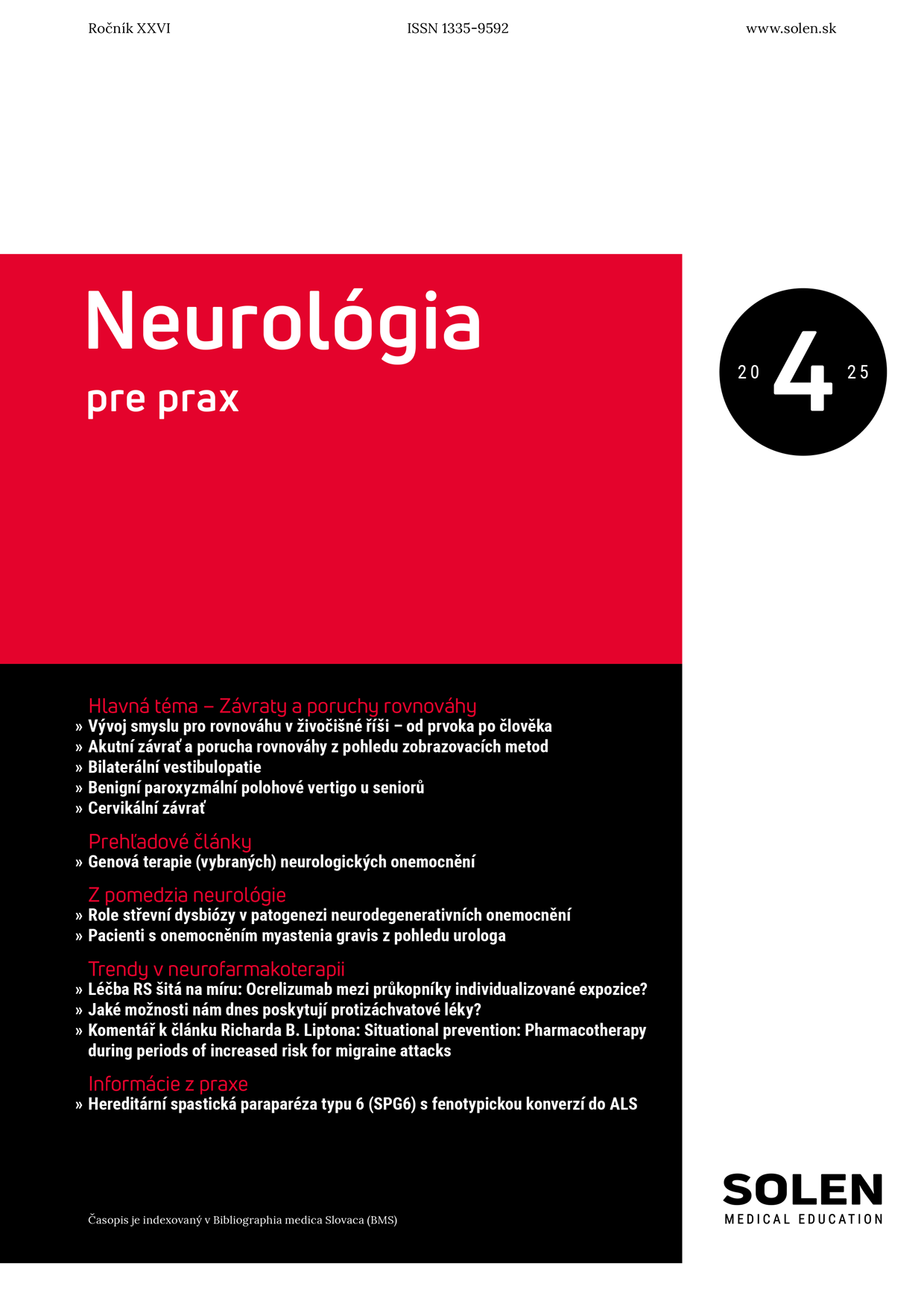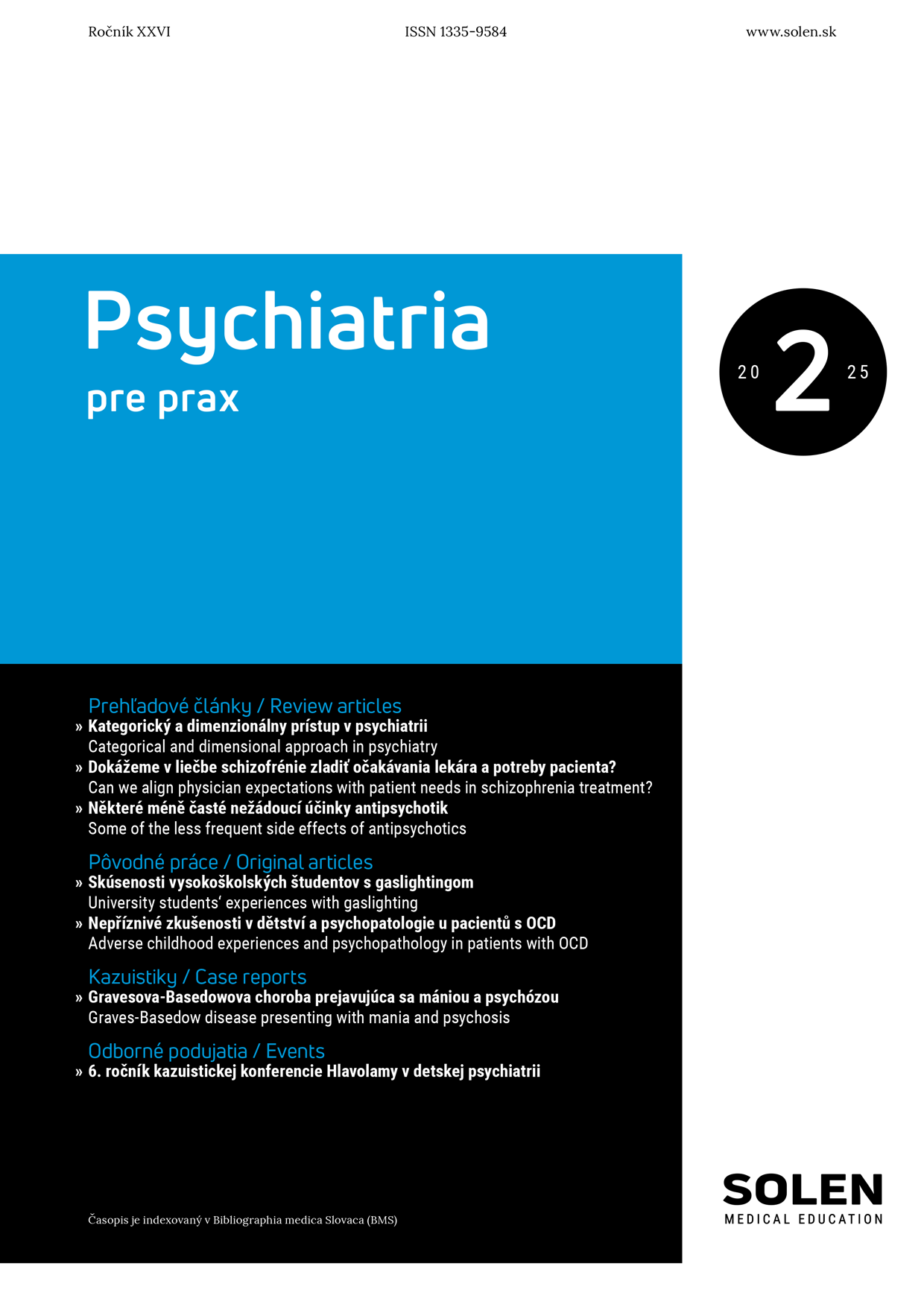Via practica 1/2011
Ceftibutén v klinickej praxi
doc. MUDr. Pavol Jarčuška, PhD., MUDr. Katarína Cáriková, I. klinika detí a dorastu DFN a LF UPJŠ v Košiciach
Ceftibutén je perorálny cefalosporín tretej generácie s vysokou stabilitou voči beta-laktamázam, predovšetkým gram-negatívnych baktérií. Ceftibutén je vynikajúco účinný proti kmeňom gram-negatívnych mikrooorganizmov, ktoré spôsobujú najčastejšie respiračné infekcie získané v komunite i proti gram-negatívnym enterobaktériám, ktoré spôsobujú uroinfekcie a často sú i patogénmi nozokomiálnych infekcií. Z gram-pozitívnych mikroorganizmov je ceftibutén účinný proti streptokokom. Je vysoko stabilný proti plazmidmi sprostredkovaným penicilinázam a cefalosporinázam. Ceftibutén má vynikajúcu biologickú dostupnosť, plocha krivky, ktorú dosahuje ceftibutén nad MIC (Area under curve – AUC) je približne 64 mg.h/l, čo predikuje jeho klinickú účinnosť v liečbe infekcií horných dýchacích ciest, dolných dýchacích ciest a uroinfekcií. V článku sú uvedené údaje o veľmi dobrej klinickej účinnosti ceftibuténu v liečbe akútnej tonzilitídy, zápalu stredného ucha u detí, sinusitídy u dospelých, akútnej exacerbácie chronickej bronchitídy a komunitnej bronchopneumónie, kde ho možno použiť i ako súčasť kombinovanej liečby u pacientov z rizikových skupín. Indikovaný je i v liečbe komplikovaných a nekomplikovaných uroinfekcií. Zvlášť výhodné je jeho použitie tam, kde nemožno indikovať fluorované chinolóny, predovšetkým u detí do 15 rokov a u žien, u ktorých nemožno vylúčiť graviditu. Ceftibutén môžeme s úspechom použiť i v sekvenčnej liečbe respiračných infekcií a uroinfekcií. Liečba ceftibuténom je spojená s nízkou frekvenciou výskytu vedľajších príhod počas liečby – najčastejšími nežiaducimi účinkami sú hnačky a nauzea.
Kľúčové slová: ceftibutén, beta-laktamázy, respiračné infekcie, uroinfekcie, bezpečnosť
Ceftibuten in clinic praxis
Ceftibuten is an oral cephalosporin of the third generation with high stability against beta-lactamases, especially those of gram-negative bacteria. Ceftibuten is exceptionally effective against strains of gram-negative microorganisms that cause most respiratory infections acquired in the community as well as against gram-negative enterobacteria that cause urinary tract infections and are often the pathogens of nosocomial infections. Regarding the group of gram-positive microorganisms, ceftibuten is effective against streptococci. It is highly stable against penicillinase and cephalosporinases mediated by plasmids. Ceftibuten has excellent bioavailability, area curve, which reaches over MIC (area under curve – AUC) is about 64 mg.h / l, which predicts its clinical efficacy in the treatment of upper respiratory tract infections, lower respiratory tract and urinary tract infections. The article presents data on very good clinical efficacy of ceftibuten in the treatment of acute tonsillitis, otitis media in children, sinusitis in adults, acute exacerbation of chronic bronchitis and bronchopenumonia acquired in community, where it can be used also as part of combination therapy in patients belonging to the risk groups. It is also indicated for the treatment of complicated and uncomplicated urinary tract infections. Particularly advantageous is its use in cases where could not be indicated fluorinated quinolones, especially in children under 15 years and women in whom pregnancy can not be excluded. Ceftibuten can be successfully used also in a sequential treatment of respiratory infections and urinary tract infections. Therapy with ceftibuten is associated with low frequency of side events – the most common side effects are diarrhea and nausea.
Keywords: ceftibutén, beta-lactamases, respiratory infections, urinary tract infection, safety

















